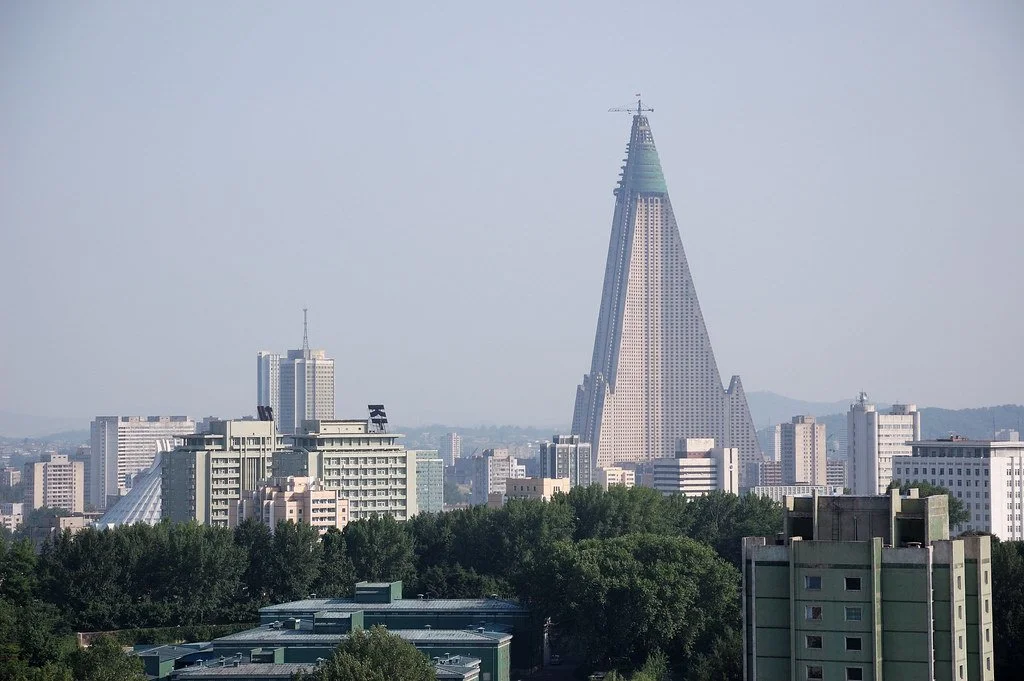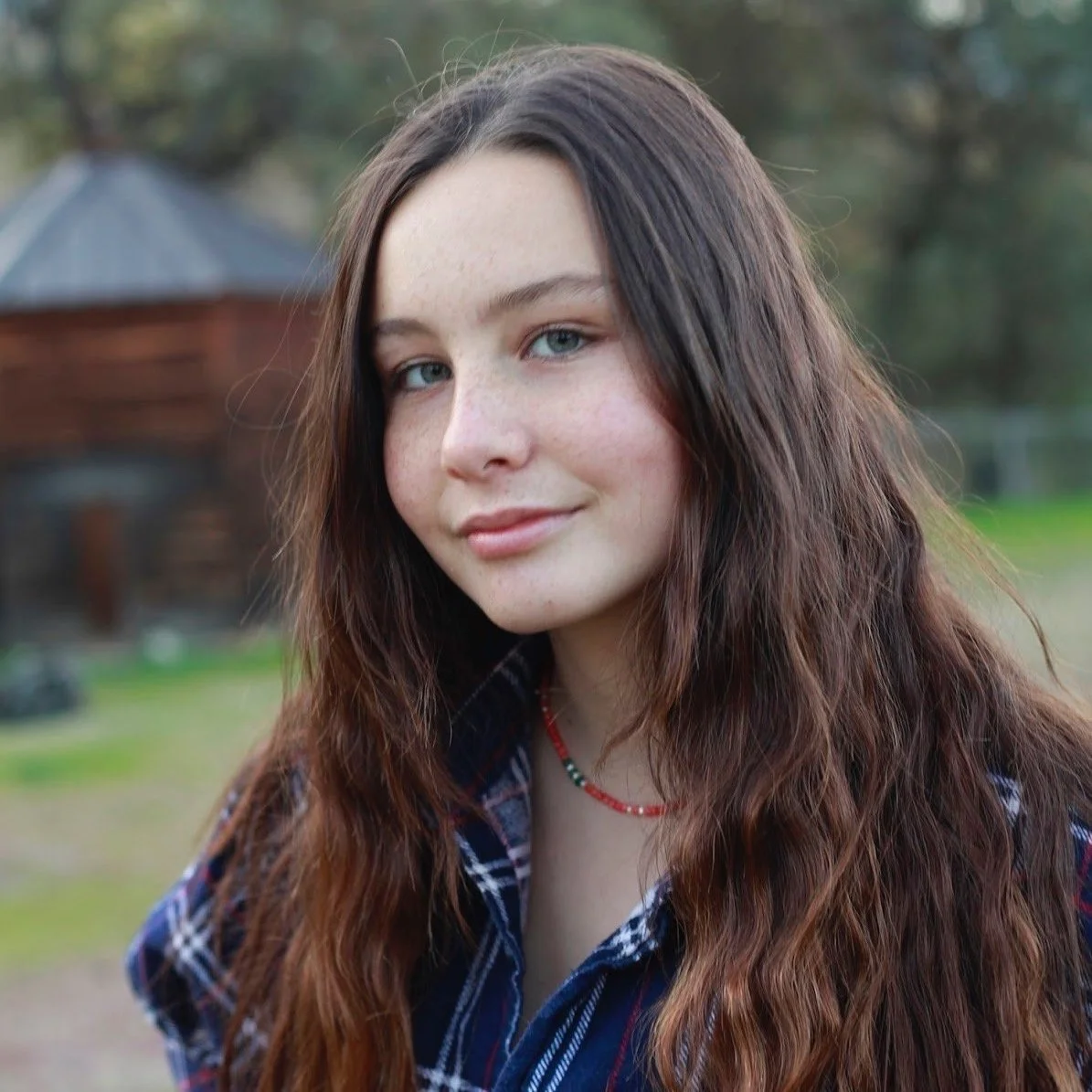The controversial and most isolated country plans to resume tourism this December.
Panoramic view of Pyongyang. Joseph Ferris III. CC BY 2.0
After five years, North Korea is set to reopen its doors to foreign tourists. The country closed its borders in 2020 due to the COVID-19 pandemic but plans to welcome visitors again starting in December. Currently, only the northern city of Samjiyon will be open. Known for its winter activities, Samjiyon is still undergoing reconstruction. Located near the Chinese border and close to Mount Paektu—a sacred mountain claimed to be the birthplace of Kim Jong-Un’s father—Samjiyon was established in 2019. The town, which Kim describes as an “idealist socialist village”, was likely built with forced labor disguised as “volunteers”, given North Korea’s history of enslavement and trafficking. While Samjiyon is reopening, the capital city of Pyongyang has remained closed to tourists.
U.S. tourism to North Korea has been prohibited since 2017, following the death of Otto Warmbier, a University of Virginia student who was imprisoned in North Korea for stealing a propaganda poster. Warmbier traveled to North Korea with a tour group in 2016 and was sentenced to 15 years of hard labor. He was released 17 months later and died in a U.S. hospital just six days after returning home in June 2017. U.S. law reserves the right to revoke citizens’ passports upon attempted entrance into North Korea. While everyday citizens are forbidden from entering North Korea, visitation is not entirely banned, as the U.S. occasionally grants validation passports to professional journalists, Red Cross representatives and other citizens whose jobs serve national interests. South Koreans are the only nationality directly banned from North Korea, as the neighboring countries have been in a state of war since 1950. Today, approximately 5,000 Western tourists visit North Korea each year. Tourists from Russia and China—countries harboring more “friendly” relations with North Korea—are expected to make up the majority of foreign tourists.
Between 2010 and 2017, Americans could travel to North Korea year-round. Many have shared their experiences in Pyongyang through YouTube videos, articles and blog posts. As noted by several American tourists, self-guided tours are not an option in North Korea; itineraries are strictly followed. A recurring theme throughout these tours is the guides’ continual stress on their solidarity to the country's leaders, particularly Kim Jong-Un. The North Korean government uses tourism as a tool to showcase the country’s self-reliance, prosperity, talent and citizen happiness by guiding visitors through monuments, schools and museums.
View of Ryugyong Hotel in Pyongyang. (stephan). CC BY-SA 2.0
Increased tourism could potentially lead to heightened political tensions. Many countries discourage travel to North Korea, not simply due to the inherent dangers, but because tourism revenue supports Kim Jong-Un’s regime rather than the local population. As of 2020, it was estimated that 60% of North Korea’s population lived below the poverty line. If tourism resumes, North Korea could earn nearly $200 million—a significant amount for a country with an economy largely isolated from international trade and exports. Koryo Tours, the most popular gateway to North Korea, is a travel agency based in Beijing that provides group tours to the country, sharing its history, politics, and culture. The tours are capped at twenty people per group, and tour leaders are claimed to have a “passion and interest for the country.” The debate surrounding the ethics of traveling to North Korea remains ongoing. As of now, we are left to observe what the future holds for one of the world’s most isolated countries.
Agnes Volland
Agnes is a student at UC Berkeley majoring in Interdisciplinary Studies and minoring in Creative Writing, with a research focus on road trip culture in America. She currently writes for BARE Magazine and Caravan Travel & Style Magazine. She is working on a novel that follows two sisters as they road trip down Highway 40, from California to Oklahoma. In the future, she hopes to pursue a career in journalism, publishing, or research.
















